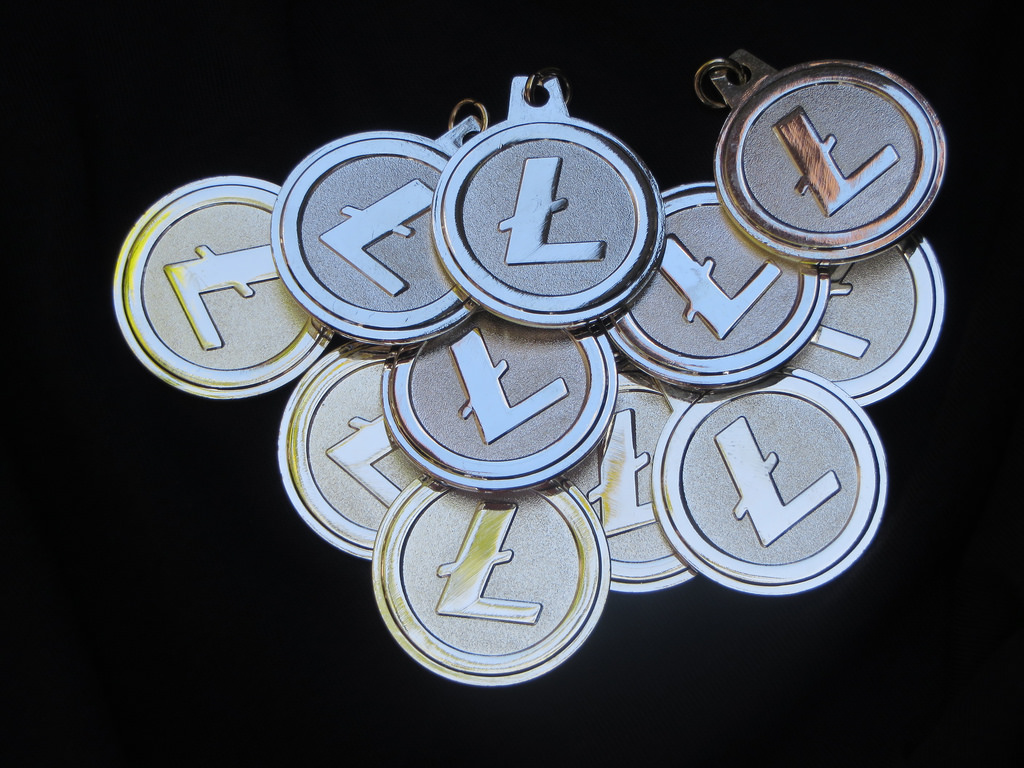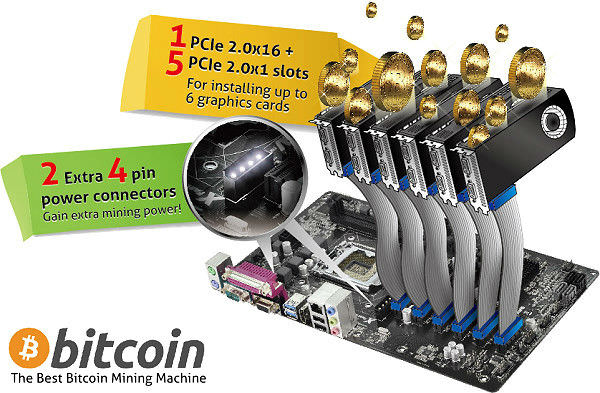
Radeon GPUs in Demand as Litecoin Mining Difficulty Increases
Bitcoin mining on a standard GPU is a thing of the past. Put simply: it's no longer economically viable, given the power consumption of discrete graphics cards and their relatively high price.
ASICs are a no-brainer when it comes to bitcoin, however litecoin is a different story.
Unlike its counterpart, litecoin can still be mined using off-the-shelf hardware, namely via AMD Radeon graphics cards. There aren’t that many alternatives, either. There are still no ASIC products for scrypt, litecoin's algorithm, and this will not change for the next few months at least.
It is rumoured that litecoin ASIC systems are being developed by Alpha Technologies, but it will be a few months before they hit the market.
Furthermore, scrypt is a very different beast, as it requires a lot more memory and different ASIC designs. This means that scrypt ASICs could become significantly more expensive than the existing ASIC-based bitcoin mining solutions.
Are litecoin miners causing a Radeon shortage?
In any case, Radeons are currently the weapon choice for litecoin miners and earlier this week several tech sites reported that litecoin miners are causing a shortage of Radeon graphics cards.
While it is true that some cards in some markets are in short supply, it is very difficult to attribute this to litecoin miners without any concrete data from AMD, its add-in-board (AIB) partners and distributors.
Therefore, it is probably convenient to make such claims, as they cannot be easily disproven.
Litecoin mining is booming, that is a fact. Over the last month or so, the litecoin hash rate has doubled, along with difficulty. It was practically flat in September and October.
However, the rate currently stands at about 90GH/s, up from about 20GH/s in June.
People are clearly buying Radeon cards and using them to mine litecoin, but this isn’t necessarily creating a shortage.
According to Jon Peddie Research, the discrete graphics card market is about 14.5 million units per quarter, and AMD’s share is roughly 35%, so AMD partners sell about five million Radeon cards each quarter.
There could be some isolated cases though, namely in the US, but it should also be noted that AMD introduced new flagship graphics cards two months ago.
The company also rebranded previous generation cards and it is offering various game bundles to avoid inventory issues and transition to R9- and R7-series products, many of which are simply rebrands of older HD 7000 series cards. There are no Radeon shortages in Europe.
GPUs still have potential for litecoin mining
Since litecoin uses different hashing algorithms than bitcoin, with more access to cache memory and memory in general, existing bitcoin ASICs do not tend to offer good results with litecoin.
Unlike SHA-256, scrypt is memory-hungry and this was an intentional effort on the part of litecoin developers to prevent the use of ASIC and FPGA specialised hardware for litecoin mining.
FPGAs could be used, but at this point it isn't clear whether the performance gain would justify the added cost, especially as difficulty and litecoin value increases.
A single Radeon R9 290X, based on AMD’s new Hawaii silicon, can draw up to 250W of power under load, but miners claim it is capable of around 860 KH/s to 900KH/s, depending on the GPU clock and other factors. It costs €499 in Europe, or $549 in the US.
Older cards, based on the Tahiti core, can deliver even an even better price/performance ratio and the same is true of the €399 R9 290.
The most popular mining Radeons are the HD 7950, HD 7970 and R9 280, all of which are based on the old Tahiti core and they are now considered mid-range products.
FPGAs should offer superior performance per watt, but then again they are not as readily available as graphics cards. In fact, litecoin specific FPGAs and ASICs are still not available at all.
Furthermore, it is still unclear how much they will cost once they do appear, as hardware requirements for litecoin and bitcoin mining differ greatly.
However, it is difficult to talk about profitability at this point, since litecoin value is going up, along with hash difficulty. Since the price is constantly changing, it is up to individual miners to decide whether GPU-based platforms are viable in the long run. At the moment, the answer is yes, but this could change in a matter of weeks.
Reusing old hardware is another option
Many bitcoin miners who used GPUs are now stuck with old mining rigs, provided they haven't already sold them.
While it is possible to argue that the spike in the litecoin hash rate was caused by miners buying Radeons, it is just as possible that some veteran bitcoin miners have simply found a new use for their old hardware, which has already paid for itself several times over.
Oddly enough, some hardware makers are trying to cash in. Last month, ASRock launched two motherboards, designed specifically for mining.
The company's blurb focused on bitcoin, claiming that the boards could help users “make a fortune.”
Needless to say, anyone mining bitcoin with a standard x86 processor and a few Radeons on a cheap motherboard would only stand to gain a whopping electricity bill.
However, the motherboards could be interesting for litecoin miners, as they are relatively cheap and can take up to six graphics cards, although five of them will have to use PCIe 2.0 x1 slots.

asrock-mining-board
So why are prices of Radeon cards going up exactly?
Litecoin mining is definitely a factor, but it is also a temporary spike.
To avoid inventory issues, AMD and AMD AIBs don’t have a habit of stocking up, hence they are probably unable to cope with the sudden spike in demand.
Graphics cards are shipped in batches on a regular basis, not produced overnight.
AMD orders the silicon from TSMC in Taiwan, PCBs and memory chips come from Taiwan, China and Korea, along with coolers, VRMs and other components, so making sure the supply chain works efficiently is a delicate balancing act.
For many people willing to try litecoin mining, Radeons are the equivalent of a gold shovel in mid-19th century California.
AMD’s supply chain is not designed to cope with a sudden influx of new customers who do not care about upcoming games, custom cooled cards or other stuff that are vital to gamers, AMD’s target audience.
Since they feel like they are selling gold shovels, retailers and resellers are acting accordingly, by engaging in price gouging.
DISCLOSURE
The leader in news and information on cryptocurrency, digital assets and the future of money, CoinDesk is a media outlet that strives for the highest journalistic standards and abides by a strict set of editorial policies. CoinDesk is an independent operating subsidiary of Digital Currency Group, which invests in cryptocurrencies and blockchain startups. As part of their compensation, certain CoinDesk employees, including editorial employees, may receive exposure to DCG equity in the form of stock appreciation rights, which vest over a multi-year period. CoinDesk journalists are not allowed to purchase stock outright in DCG.




